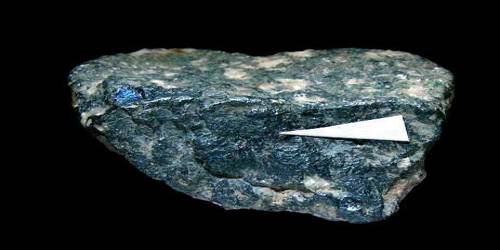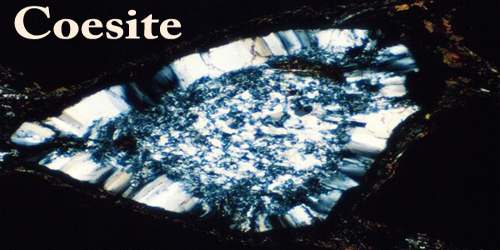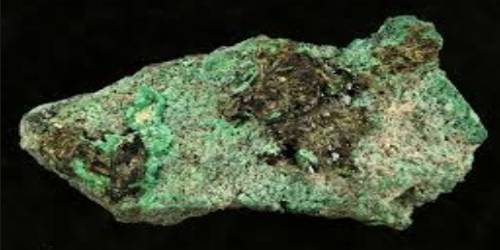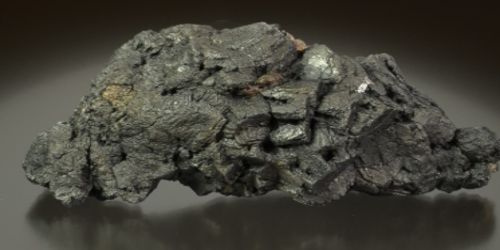Limonite is an iron ore consisting of a mixture of hydrated iron(III) oxide-hydroxides in varying composition. It is a native hydrous ferric oxide of variable composition that is an ore of iron. The generic formula is frequently written as FeO(OH)·nH2O, although this is not entirely accurate as the ratio of oxide to hydroxide can vary quite widely. It is not a true mineral but a mixture of similar hydrated iron oxide minerals. It is very common and can be found with other iron minerals such as pyrite, hematite, etc.
Limonite is derived from a mixture of natural minerals obtained in Cyprus. It was named by Johann Friedrich Ludwig Hausmann in 1813 after the Greek word for meadow, indicating its common occurrence in lowlands.
General Information
- Category: Amorphous, mineraloid
- Formula: FeO(OH)·nH2O
- Strunz Classification: Unclassified
- Color: Various shades of brown and yellow.
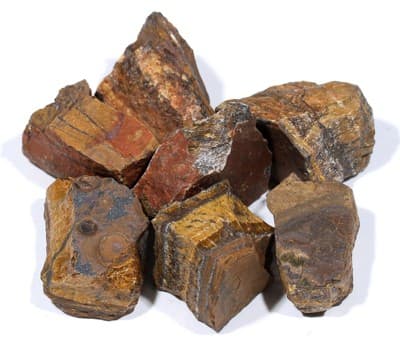
Properties
Limonite is relatively dense with a specific gravity varying from 2.7 to 4.3. The limonite streak on an unglazed porcelain plate is usually brownish, which differentiates it from the mineral hematite, with a red streak, or magnetite, with a black streak. It varies in color from a bright lemony yellow to a drab greyish brown. The hardness is variable, but generally in the 4 – 5.5 range.
- Crystal habit: Fine-grained aggregate, powdery coating
- Cleavage: Absent
- Mohs scale hardness: 4 – 5 1⁄2
- Luster: Earthy
- Streak: Yellowish-brown
- Diaphaneity: Opaque
- Specific gravity: 2.9 – 4.3
- Density: 2.7 – 4.3 g/cm3
Formation
Limonite is a common iron ore, which forms the coloring matter in different types of soils. It usually forms from the hydration of hematite and magnetite, from the oxidation and hydration of iron rich sulfide minerals. It is often the major iron component in lateritic soils.
Uses of limonite
Limonite was initially considered to be an amorphous equivalent of lepidocrocite and goethite. The yellow form produced yellow ochre for which Cyprus was famous, while the darker forms produced more earthy tones. Roasting the limonite changed it partially to hematite, producing red ochres, burnt umbers, and siennas. However, X-ray studies have revealed that limonite is actually goethite. Limonite acts as iron ore, as well as a pigment.
Information Source:

